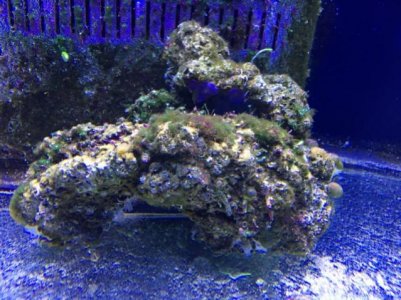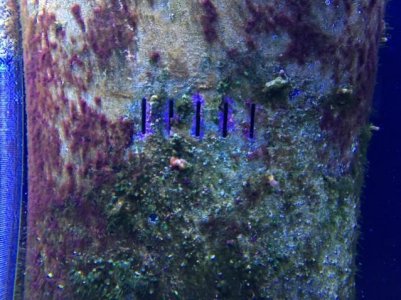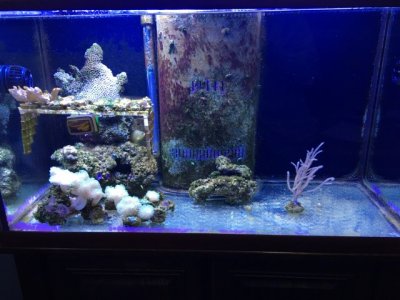I had dinos for months. I used dino-x everyday until it was gone. Turned off UV for several hours after dosing. Dino-x instructions state you should dose every 48-72 hours, I can't remember off the top of my head which is correct. I however, dosed every night until the dinos was gone. I've been dino free for the last several months. I also made sure to sterilizer all equipment that was used on the tank but was not part of the in-tank treatment.
I'd also like to add that my dinos was really bad, covering all surfaces and smothering/killing my corals. That's why I said F it and dosed every single night and at a higher than recommended dosing strength.
I'd also like to add that my dinos was really bad, covering all surfaces and smothering/killing my corals. That's why I said F it and dosed every single night and at a higher than recommended dosing strength.



